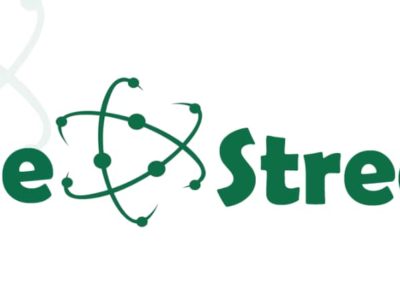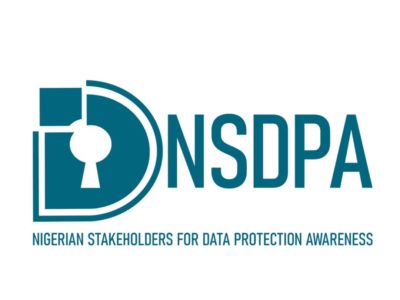The Moment of Truth: Is OpenRAN an alternative for emerging markets? A new free report from Strand Consult
OpenRAN is frequently marketed as a means for operators to leapfrog mobile standards, connect the unconnected, and ensure a safe alternative to Chinese network equipment.
Strand Consult, an independent provider of research in the global telecom industry, investigates these propositions. Its new free report “The Moment of Truth: Is OpenRAN an alternative for emerging markets?” reviews OpenRAN in emerging markets in the dimensions of economics, innovation, engineering, security, competition, and public policy. It explores whether OpenRAN is a secure, viable alternative to the prevailing 3GPP infrastructure used by operators in emerging markets and more than 200 mobile operators in 5G networks in developed countries today.
RELATED: Free report from Strand Consult: “OpenRAN and Security: A Literature Review”
The starting point of the report “The Moment of Truth: Is OpenRAN an alternative for emerging markets?” is the technological development of mobile networks emerging markets. Most emerging markets today still use 2G / 3G / 4G networks and are expected to continue with these standards for some years. OpenRAN solutions are designed for 4G / 5G networks and are not yet viable until operators in emerging markets upgrade their networks, a shift that likely requires that mobile operators invest in spectrum and network upgrades and that customers adopt the advanced devices which these networks enable. While emerging markets may differ on levels of maturity, the viability of OpenRAN in these markets seems some years away.
The report further reviews the claims of security of OpenRAN solutions. It includes a literature review and technical discussion of OpenRAN security. The report security issues like malicious hardware, software and components; data theft and exfiltration; and unethical and illegal business practices.
This is important because many Chinese firms are involved in the development of OpenRAN solutions, notably the state-owned China Mobile has a seat on every sub-committee of the O-RAN Alliance, the global organization leading the OpenRAN effort. More than a dozen O-RAN Alliance members appear on the Entity List of the US Department of Commerce because of practices which run counter to US national security and foreign policy interests.
When it comes to the use of OpenRAN in emerging markets, there is very little information which can be classified as empirical, scientific, or peer-reviewed. Outside of a few exceptions, most materials are advocacy generated by OpenRAN proponents in press releases or opinion pieces. The key shortcomings for the OpenRAN in emerging markets are:
- Immature technological development. Most mobile networks in emerging markets are and will remain 2G and 3G for some time. Mobile operators in these countries generally have low average revenue per user (ARPU). Hence the business case and timeline for upgrades are protracted.
- Limited Product Portfolio. A mobile operators cannot upgrade from 2G to 5G merely by implementing new software. 5G networks require 3GPP standardized base stations, antennas, masts, servers, routers, and other hard equipment. A given OpenRAN solution does not provide the 1:1 substitute or alternative for the requisite 3GPP hardware or product. A mobile operator must purchase a defined set of equipment before OpenRAN can be implemented.
- Vendor Mix Complexity. Moving to an OpenRAN environment requires that mobile operators have the skills and resources to evolve from managing a small handful of equipment vendors to dozens of OpenRAN suppliers with no local presence.
- Nascent System Integration. OpenRAN also requires system integration and staff, professionals whose job is to piece together functions and equipment, in lieu of integrated solutions. The labour pool for these individuals in limited in emerging markets, and many of those with the skills migrate to industrialized countries.
- Insufficient Standardization. OpenRAN is not a technical standard. The O-RAN Alliance develops technical specifications for 4G and 5G RAN internal functions and interface, not for 2G and 3G. The O-RAN Alliance is not a standards development organization (SDO) like the Third Generation Partnership Project (3GPP) which defines and develops mobile wireless standards.
- Superfluous Sophistication. OpenRAN only supports 4G and 5G. OpenRAN solutions are add-ons or add-ins once a mobile operator has made the relevant 3GPP network upgrade to 4G/5G.
- Limited Install Base. There are more than 200 commercial 5G networks globally. These are classic 3GPP RAN installations that support 2, 3, 4 and 5G in one base station using 3GPP defined equipment. There is only 1 commercial OpenRAN installation, Japan’s Rakuten. It have a limited success and is not yet profitable.
- Limited Service Development. 5G service development is nascent with some services focused in the core network, other in the cloud. Given the limited product portfolio, install base, and standardization, it is not yet clear how and where OpenRAN can make a difference.
The report “The Moment of Truth: Is OpenRAN an alternative for emerging markets?” investigates the claims that OpenRAN will enable mobile operators to leapfrog mobile standards, connect the unconnected, and ensure a safe alternative to Chinese network equipment
The reportprovides the objectivity and transparency needed by decision makers, information which is not readily available in most mainstream outlets. For more than 25 years, Strand Consult has debunked the many myths of mobile industry hype. It has published a many research notes and reports on OpenRAN. See the library.
With its new and free report “The Moment of Truth: Is OpenRAN an alternative for emerging markets?”, Strand Consult provides valuable information to mobile operators, executives, investors,and other mobile industry stakeholders.
Contact Strand Consult to get your free copy.
COVER IMAGE: The Fast Mode






























